Pose Work For Sisters, 2016
Digital video (no sound), 10:01 minutes, looped

Pose Work for Sisters:
The concept came from consideration of the work of Bruce McLean – a hunch that I should look again at his early photographic and performance work including ‘Pose Work for Plinths’ (1971). McLean’s work is often seen as ironic, however it is both his sharp sense of art being ‘in the world at large’ and his perceptive use of performance, props and staging that are relevant here. It connects in ways that are complex, various and essentially unpredictable, the natural and the social aspects of human existence.
I find the use of both the term and the action of posing, employed throughout McLean’s practice, compelling, and this key work from the 1970s provides a clear exemplar. In one sense it is a peculiarly Glaswegian understanding of the word that cleaves directly to one particular dictionary definition of pose: to ‘behave affectedly in order to impress others’; in another it is an allusion to Erving Goffman, and his description of ‘performance in the everyday world of social interaction’ that is also explored in Mel Gooding’s description of McLean’s band Nice Style.
The staged format of the original photograph and its playful, spirited images of a young man awkwardly posing, mimicking statue shapes in a staged setting (on white plinths against a white background) brought to mind an early set of photographs taken with my sister Susan, when she was pregnant with her first child in 1995. This was well before any diagnosis of genetic illness, and at a time when I was producing a number of staged, studio-style portraits of myself that were exhibited in diptych form, each with a short written piece. The decision to capture a moment when our physical similarity began to separate (due to her expanding size) was at that time purely opportunistic, as it sat well with a number of portrait/text works I had been producing, and struck me as an appropriate moment for a wry, humorous text. The value of them as a recording of a significant point before our knowledge began was only to arise as I embarked on this research years later, and considered how best to present our (again) differing physicality in terms of an illumination of loss.
As it is mainly in movement, and not physical shape, that we now differ, film was an appropriate medium for this piece, and a studio session was organised with three plinths and a white backdrop. I asked Susan to dress in black (as McLean had done in the original), though beyond that the action was very simply choreographed: walk into the frame, sit/stand on the plinth, hold the pose for around 5 seconds, stand up, walk out of the frame. I decided against studio lighting, and so we also had to work quickly to make best use of daylight; it was a spontaneous, uncomplicated session measured mainly by what Susan could and could not physically manage. Each pose was photographed as well as filmed, but it was the moving image footage of us walking in and out of the frame and holding a series of bizarre and impromptu positions that was the most compelling. The setting of plinths against a white background and the grid of multiple poses a deliberate reference to McLean, and the looped repetition of the piece rendering a simple, rhythmic rise and fall to the work that offers an additional portrait of both similarity and loss to that seen in ‘Hazel’. Two tall, slim middle-aged women wearing black, walking, sitting and standing. Posing. When static, little separates us, but in moving on and off the plinths there are subtle differences in gait, posture and ability that speak of inheritance in many forms. It brings to mind the opening line of DM: ‘All my life I’ve been told how much I look like my sister.’
Jacqueline Donachie
Extract from Doctoral thesis Illuminating Loss, 2016
also Right Here Among Them, Fruitmarket Gallery, 2017 Pg 238-241
STEP 2021
Beautiful Sunday 2021
Right Here Among Them 2017
Pose Work For Sisters 2016
Deep in the Heart of Your Brain 2016
South (Oslo) 2015
Hazel 2015
Keep Up 2014
Glasgow Slow Down 2014
New Weather Coming 2014
Mary and Elizabeth 2014
Melbourne Slow Down 2013
Glimmer 2013 & Ongoing
Patricia Fleming Projects 2013
The Sunniest Person I Know 2012
Temple of Jackie 2011
Speedwork 2010
South (Highland) 2009
Huntly Slow Down 2008
Weight 2008
Tomorrow Belongs to Me 2006
Green Place 2004
Games 2003
A Walk for Grenville Verney 2003
Dear Wives 2002
The House of Fun 2002
Three Pinkston Drive 2002
South 2001
Edinburgh Society 2001
DM 2001
In the Arms of Strangers 2000
The Trees, The Book and The Disc 1999
Holy Ghost 1999
Sword 1999
The Hoping Room 1997
Live Breaks 1997
Advice Bars 1995-2001
Part Edit 1994
© Jacqueline Donachie 2025




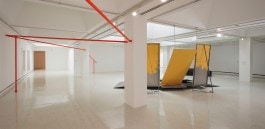
















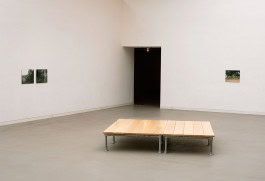

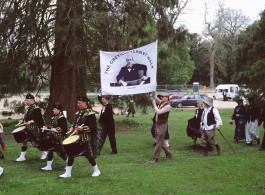

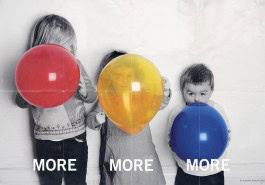



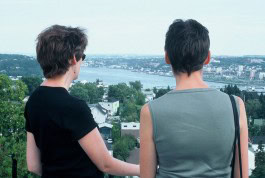




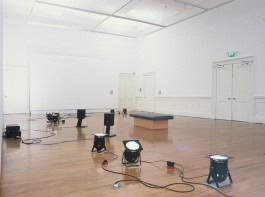


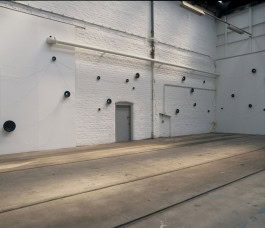
STEP 2021
Beautiful Sunday 2021
Right Here Among Them 2017
Pose Work For Sisters 2016
Deep in the Heart of Your Brain 2016
South (Oslo) 2015
Hazel 2015
Keep Up 2014
Glasgow Slow Down 2014
New Weather Coming 2014
Mary and Elizabeth 2014
Melbourne Slow Down 2013
Glimmer 2013 & Ongoing
Patricia Fleming Projects 2013
The Sunniest Person I Know 2012
Temple of Jackie 2011
Speedwork 2010
South (Highland) 2009
Huntly Slow Down 2008
Weight 2008
Tomorrow Belongs to Me 2006
Green Place 2004
Games 2003
A Walk for Grenville Verney 2003
Dear Wives 2002
The House of Fun 2002
Three Pinkston Drive 2002
South 2001
Edinburgh Society 2001
DM 2001
In the Arms of Strangers 2000
The Trees, The Book and The Disc 1999
Holy Ghost 1999
Sword 1999
The Hoping Room 1997
Live Breaks 1997
Advice Bars 1995-2001
Part Edit 1994
© Jacqueline Donachie 2025





































